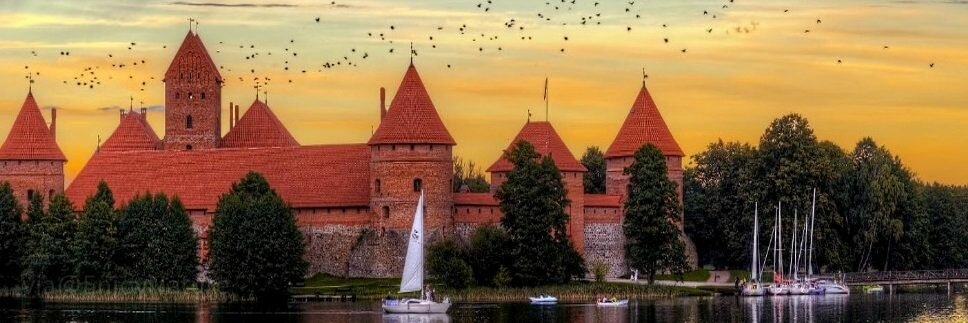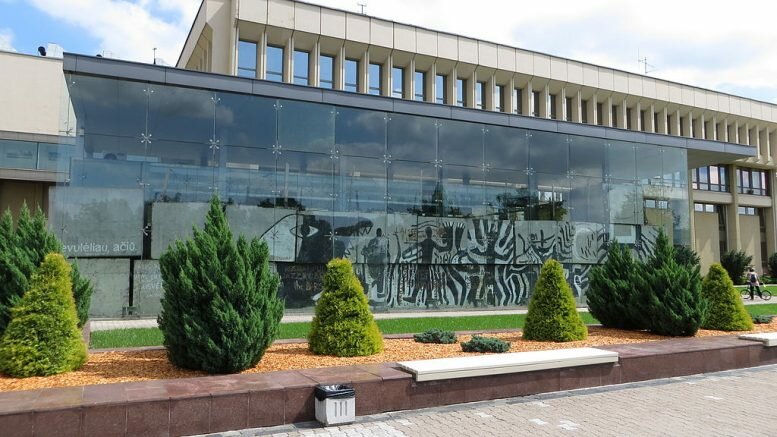By Angele Kedaitiene
Lithuania is the unitary semi-presidential representative democratic republic, whereby the President of Lithuania is the head of state and the Prime Minister of Lithuania is the head of government. It is member of the European Union and NATO. It has regained its independence from the Soviet Union on 11 March of 1990, being the first leaving the regime.
Since regaining its independence, Lithuania has worked hard on establishing the democratic society and the mature political system. Today, there are numerous political parties in Lithuania, around 40 registered with the Ministry of Justice, where no one often has a chance of gaining power alone, and parties shall work with each other to form a coalition government.
There are currently eight parties represented in the Lithuanian Parliament, called Seimas.
| Name | Leader | Ideology | MP | MEPs | |
| Lithuanian Farmers and Greens Union |
LVŽS | Ramūnas Karbauskis | Centrism, Agrarianism, Green politics, Green conservatism, Technocracy |
54 | 1 |
| Homeland Union – Lithuanian Christian Democrats |
TS-LKD | Gabrielius Landsbergis | Conservatism, Christian democracy, National conservatism, Liberal conservatism, Economic liberalism, Pro-Europeanism |
31 | 2 |
| Social Democratic Party of Lithuania |
LSDP | Gintautas Paluckas | Social democracy, Pro-Europeanism |
17 | 2 |
| Liberal Movement |
LRLS | Eugenijus Gentvilas | Classical liberalism, Conservative liberalism, Pro-Europeanism |
14 | 2 |
| Order and Justice |
TT | Remigijus Žemaitaitis | National conservatism, Lithuanian nationalism, Right-wing populism, Soft Euroscepticism |
8 | 2 |
| Electoral Action of Poles in Lithuania |
LLRA | Valdemar Tomaševski | Polish minority interests, Conservatism, Christian democracy, Soft Euroscepticism, Russophile |
8 | 1 |
| Labour Party |
DP | Živilė Pinskuvienė | Centrism, Populism, Social liberalism |
2 | 1 |
| Lithuanian Green Party |
LŽP | Linas Balsys | Centrism, Green politics, Green liberalism |
1 | 0 |
| Lithuanian Centre Party |
LCP | Naglis Puteikis | Centrism, National conservatism, Soft Euroscepticism, Agrarianism |
1 | 0 |
| Lithuanian List |
LS | Darius Kuolys | Centrism, Social market economy |
1 | 0 |
As in number of countries, for years since independence and to recent, the political landscape of Lithuania has been dominated by traditional centre-left and centre-right political parties: the centre-left Lithuanian Social democratic Party, which is a mix of former communists and non-communist social democrats, and the Homeland Union, a centre-right conservative force descending mostly from the Sąjūdis opposition movement against the Soviet Union. These two parties always have been represented in Seimas and most of the 60 municipalities, each of them receiving between 10% and 30% of the national vote.
Luckily, Lithuania is not yet dominated by any political party characterised as extreme right or extreme left, or by any so-called populist party. Even the traditional parties are mostly centric, often competing with each other in the policy field. According to Comparative Manifesto Project (http://manifesto-project.wzb.eu), the Homeland Union has been given score of +12.3 out of +100 of the right, and the Social democrats -5.8 out of -100 of the left, the liberals -0.1 out of -100 of the left.
However, the latest national parliamentary elections, which took place in October 2016, has been won by Lithuanian Framers and Green Union, historical Lithuanian party, established yet in 1905, when being under Russian Czar occupation, just year after lifting the ban for Lithuanian language, the progressive part of Lithuanians have gathered the Grand Seimas of Vilnius, which issued the proclamation to the Lithuanian nation and laid the foundations of the party. Lithuania has been one of the first, if not the first EU country, with green politics gaining the power, being the recent tendency across EU.



Be the first to comment on "The political landscape of Lithuania"